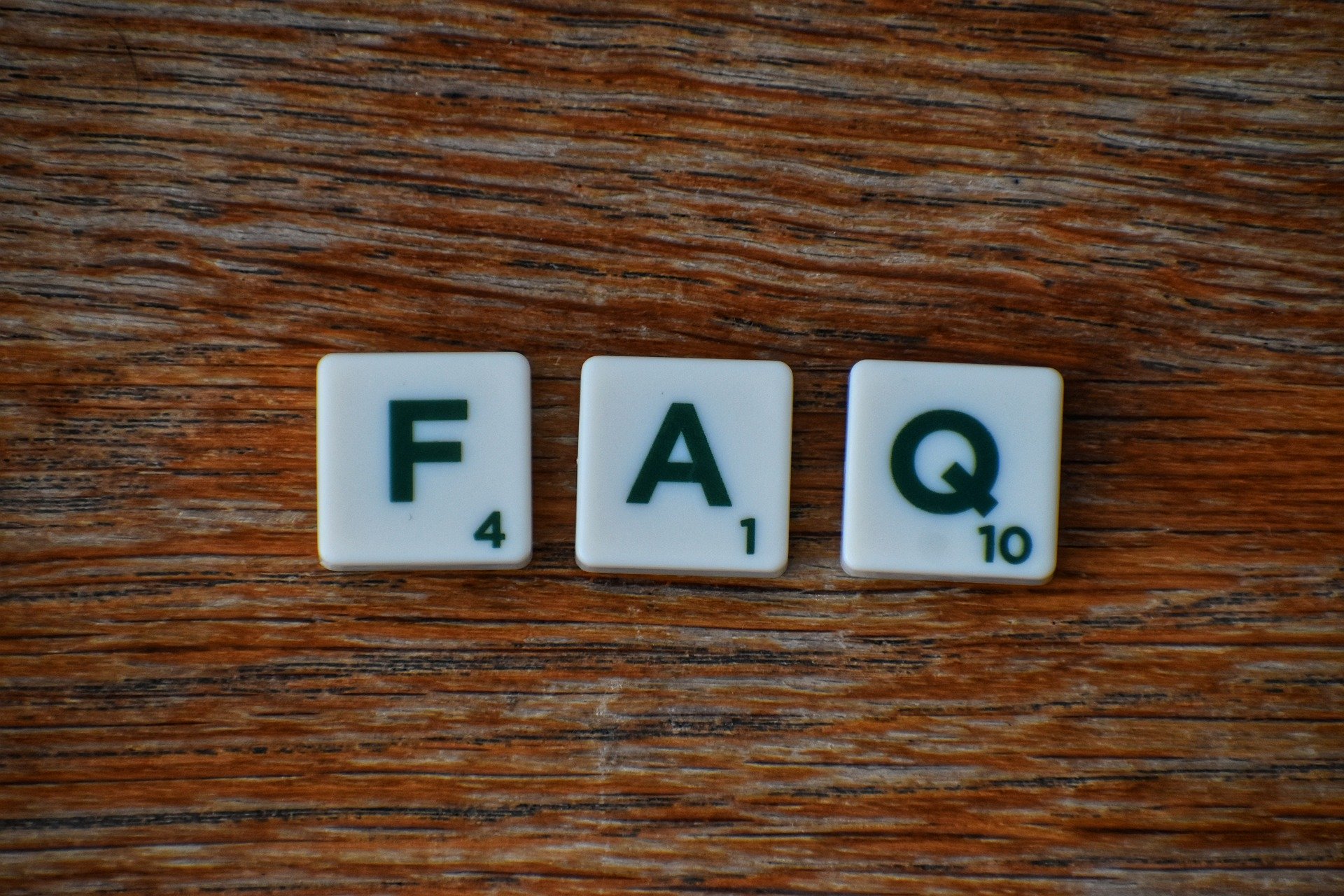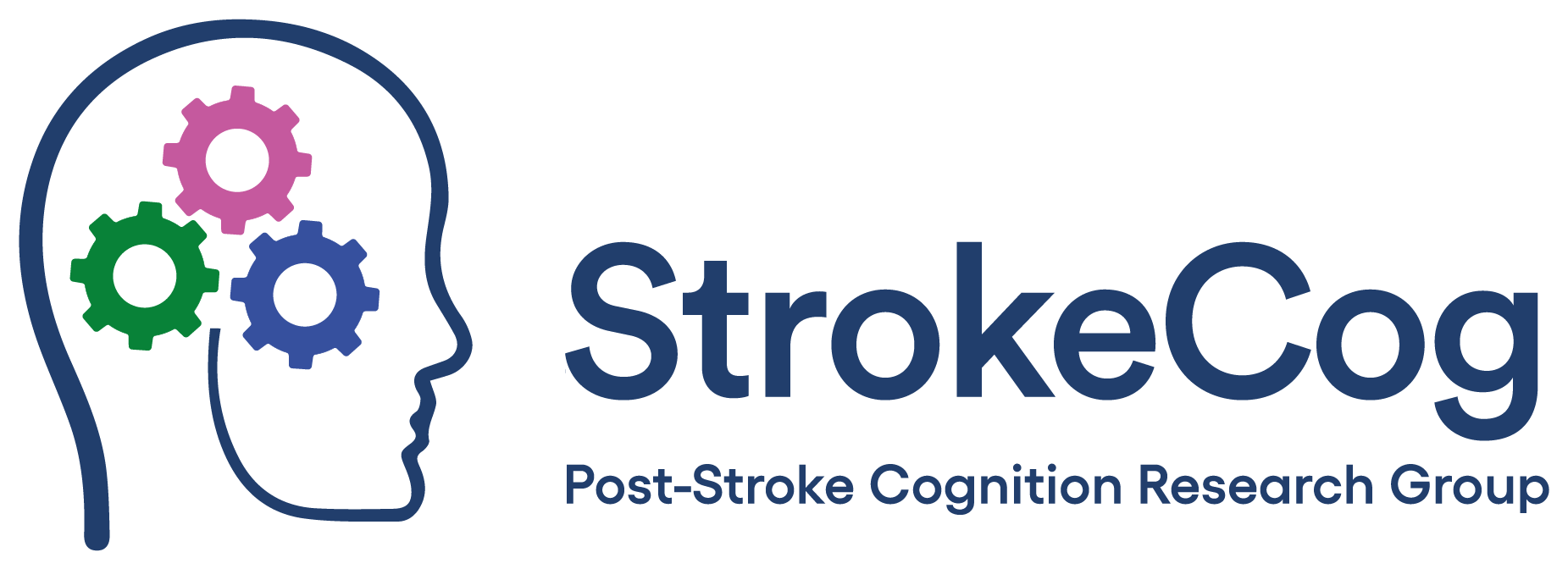Frequently Asked Questions
Here we have compiled a list of the most frequently asked questions.
FAQ
A stroke occurs when the blood supply to the brain is interrupted, blocked or reduced. Without proper blood flow, part of the brain is deprived of oxygen nerve cells in the affected area of the brain cant function and will become damaged.
Learn More: http://www.strokecog.ie/?page_id=264
The StrokeCog study, led by Professor Anne Hickey at RCSI in partnership with colleagues in Beaumont Hospital and the Economic and Social Research Institute (ESRI), involves modelling and modifying the consequences of stroke-related cognitive impairment through an intervention.
There are three work packages:
- Epidemiological modelling, Intervention Development and Economic Modelling
Rehabilitation of cognitive difficulties has received very little attention compared with physical rehabilitation. The StrokeCog study aims to address the lack of research in this area.
Many are aware of the physical disabilities after stroke but are less aware of the cognitive problems that can arise. These can include impaired memory and concentration. Often, stroke survivors can find these problems the most debilitating consequences.
Cognitive impairment after stroke is an under-researched topic internationally and is a critical area to better understand. While cognitive impairment after stroke is frequently mild or moderate, one in ten people can develop dementia after their first stroke, and more than one in three people who have a recurrent stroke may develop dementia.
The most common category is Ischaemic Stroke, caused by a reduction of blood flow to an area of the brain. This causes 80% of stroke. Reduction of blood flow can be caused by a blood clot going up a main artery to the brain or can be caused by a narrowing of a blood vessel supplying that area of the brain.
Haemorrhagic Stroke (brain haemmorrage) often caused by a leakage of a diseased blood vessel caused by either high blood pressure or burst aneurysm.
Overweight – increased risk of hypertension (high blood pressure), diabetes, hypercholesterolemia (high cholesterol) all these factors associated with increased risk of stroke.
Lack of Exercise – increased risk of developing diabetes and cardiovascular disease.
Excess Alcohol Intake – affects blood pressure control, alcohol in moderation heps reduce risk of stroke.
Blood Pressure – High blood pressure (hypertension) means pressure in your arteries is elevated. 140/90 = High B lood Pressure. The top number (systolic) is the pressure when the heart beats. The bottom number (diastolic) is the pressure when the heart rests between beats. Know your blood pressure reading.
Atrial Fibbrillation – irreglarity in teh heart rate. If the heart has an irregular heart beat, it measn that blood clots can form in the heart. Those blood clots can go to the legs, arms or to the head. If they go to the head, this can cause stroke.
Cervical artery Dissection – When the main artery in the neck dissets as a rsult of trama. That trama causes a small blood clot to formand that blood clot can go to the brain and casue a stroke.

